Happy 4th Of July… From Space!
Happy 4th of July… From Space!
In Hollywood blockbusters, explosions and eruptions are often among the stars of the show. In space, explosions, eruptions and twinkling of actual stars are a focus for scientists who hope to better understand their births, lives, deaths and how they interact with their surroundings. Spend some of your Fourth of July taking a look at these celestial phenomenon:

Credit: NASA/Chandra X-ray Observatory
An Astral Exhibition
This object became a sensation in the astronomical community when a team of researchers pointed at it with our Chandra X-ray Observatory telescope in 1901, noting that it suddenly appeared as one of the brightest stars in the sky for a few days, before gradually fading away in brightness. Today, astronomers cite it as an example of a “classical nova,” an outburst produced by a thermonuclear explosion on the surface of a white dwarf star, the dense remnant of a Sun-like star.

Credit: NASA/Hubble Space Telescope
A Twinkling Tapestry
The brilliant tapestry of young stars flaring to life resemble a glittering fireworks display. The sparkling centerpiece is a giant cluster of about 3,000 stars called Westerlund 2, named for Swedish astronomer Bengt Westerlund who discovered the grouping in the 1960s. The cluster resides in a raucous stellar breeding ground located 20,000 light-years away from Earth in the constellation Carina.
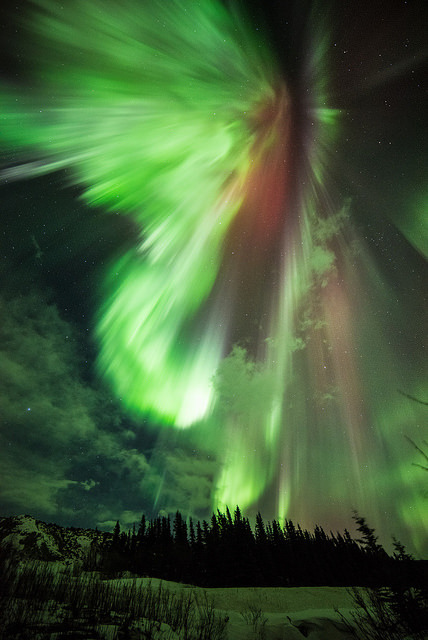
Credit: NASA/THEMIS/Sebastian Saarloos
An Illuminating Aurora
Sometimes during solar magnetic events, solar explosions hurl clouds of magnetized particles into space. Traveling more than a million miles per hour, these coronal mass ejections, or CMEs, made up of hot material called plasma take up to three days to reach Earth. Spacecraft and satellites in the path of CMEs can experience glitches as these plasma clouds pass by. In near-Earth space, magnetic reconnection incites explosions of energy driving charged solar particles to collide with atoms in Earth’s upper atmosphere. We see these collisions near Earth’s polar regions as the aurora. Three spacecraft from our Time History of Events and Macroscale Interactions during Substorms (THEMIS) mission, observed these outbursts known as substorms.

Credit: NASA/Hubble Space Telescope//ESA/STScI
A Shining Supermassive Merger
Every galaxy has a black hole at its center. Usually they are quiet, without gas accretions, like the one in our Milky Way. But if a star creeps too close to the black hole, the gravitational tides can rip away the star’s gaseous matter. Like water spinning around a drain, the gas swirls into a disk around the black hole at such speeds that it heats to millions of degrees. As an inner ring of gas spins into the black hole, gas particles shoot outward from the black hole’s polar regions. Like bullets shot from a rifle, they zoom through the jets at velocities close to the speed of light. Astronomers using our Hubble Space Telescope observed correlations between supermassive black holes and an event similar to tidal disruption, pictured above in the Centaurus A galaxy.

Credit: NASA/Hubble Space Telescope/ESA
A Stellar Explosion
Supernovae can occur one of two ways. The first occurs when a white dwarf—the remains of a dead star—passes so close to a living star that its matter leaks into the white dwarf. This causes a catastrophic explosion. However most people understand supernovae as the death of a massive star. When the star runs out of fuel toward the end of its life, the gravity at its heart sucks the surrounding mass into its center. At the turn of the 19th century, the binary star system Eta Carinae was faint and undistinguished. Our Hubble Telescope captured this image of Eta Carinae, binary star system. The larger of the two stars in the Eta Carinae system is a huge and unstable star that is nearing the end of its life, and the event that the 19th century astronomers observed was a stellar near-death experience. Scientists call these outbursts supernova impostor events, because they appear similar to supernovae but stop just short of destroying their star.

Credit: NASA/GSFC/SDO
An Eye-Catching Eruption
Extremely energetic objects permeate the universe. But close to home, the Sun produces its own dazzling lightshow, producing the largest explosions in our solar system and driving powerful solar storms.. When solar activity contorts and realigns the Sun’s magnetic fields, vast amounts of energy can be driven into space. This phenomenon can create a sudden flash of light—a solar flare.The above picture features a filament eruption on the Sun, accompanied by solar flares captured by our Solar Dynamics Observatory.
Make sure to follow us on Tumblr for your regular dose of space: http://nasa.tumblr.com
More Posts from Karlfelersii and Others
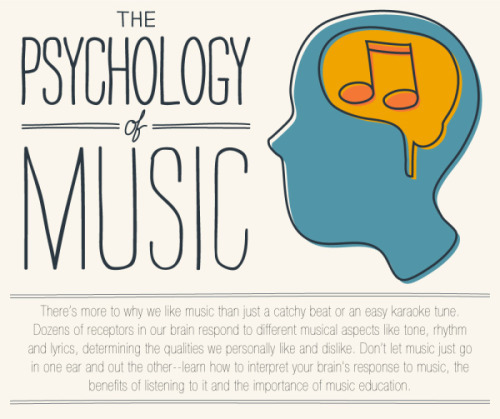
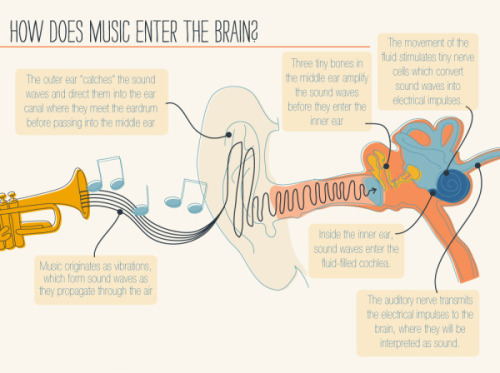
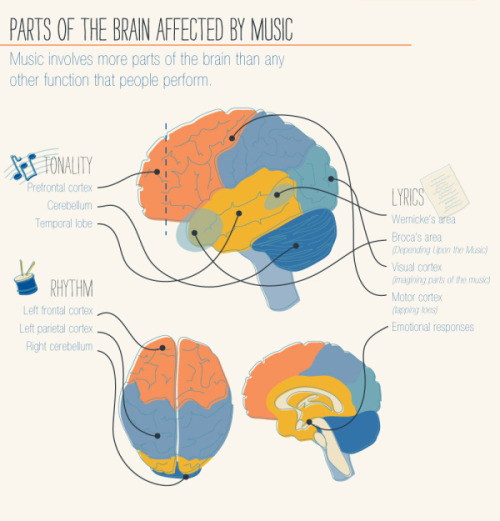
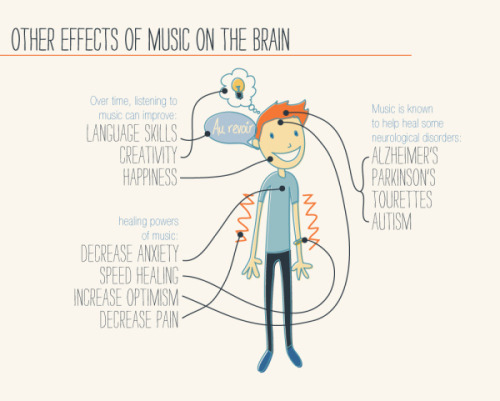
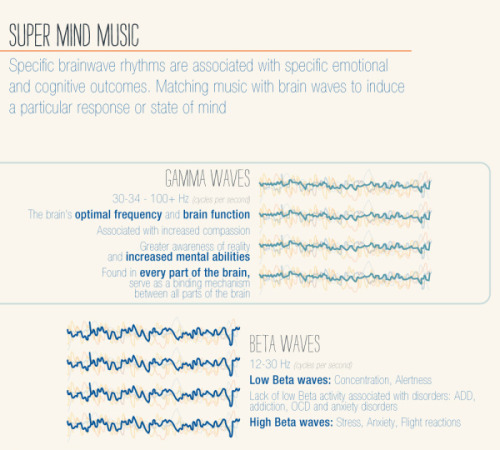
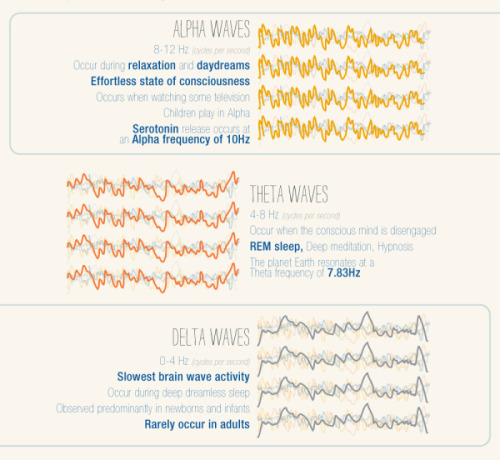
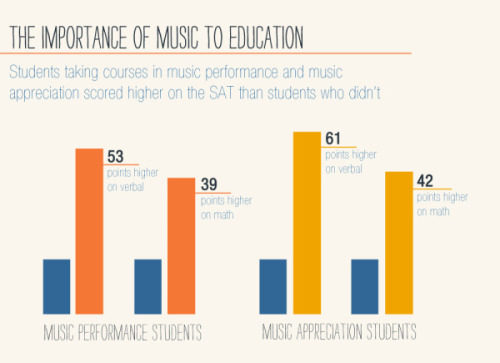
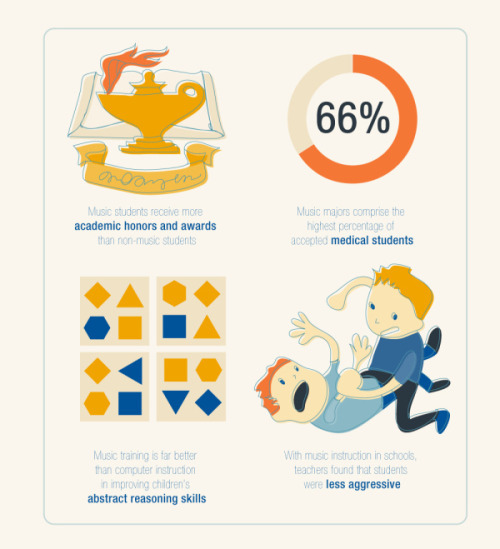
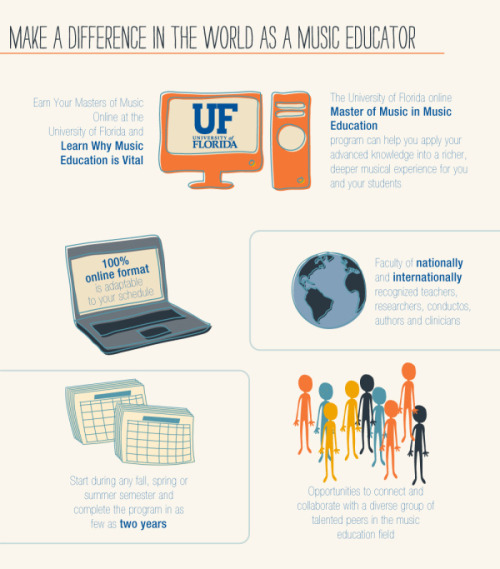
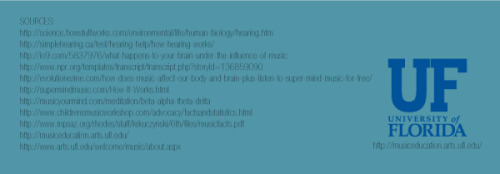
For more posts like these, go to @mypsychology

For more posts like this go to @mypsychology

Don’t forget to order you Psychology Department Sweatshirt!! Now accepting VENMO!!! https://www.instagram.com/p/Bq0lFpdFdth/?utm_source=ig_tumblr_share&igshid=qzde5ezgl6e1
WHAT IS YOUR SOUL ELEMENT?

What is your soul element? Are you the master of fire, the controller of water, the bender of air, or the assembler of earth?
Take this test to know
Sixty Years of Exploration, Innovation, and Discovery!

Exactly sixty years ago today, we opened our doors for the first time. And since then, we have opened up a universe of discovery and innovation.
There are so many achievements to celebrate from the past six decades, there’s no way we can go through all of them. If you want to dive deeper into our history of exploration, check out NASA: 60 Years and Counting.
In the meantime, take a moonwalk down memory lane with us while we remember a few of our most important accomplishments from the past sixty years!

In 1958, President Eisenhower signed the National Aeronautics and Space Act, which effectively created our agency. We officially opened for business on October 1.
To learn more about the start of our space program, watch our video: How It All Began.

Alongside the U.S. Air Force, we implemented the X-15 hypersonic aircraft during the 1950s and 1960s to improve aircraft and spacecraft.
The X-15 is capable of speeds exceeding Mach 6 (4,500 mph) at altitudes of 67 miles, reaching the very edge of space.
Dubbed the “finest and most productive research aircraft ever seen,” the X-15 was officially retired on October 24, 1968. The information collected by the X-15 contributed to the development of the Mercury, Gemini, Apollo, and Space Shuttle programs.
To learn more about how we have revolutionized aeronautics, watch our Leading Edge of Flight video.

On July 20, 1969, Neil Armstrong and Buzz Aldrin became the first humans to walk on the moon. The crew of Apollo 11 had the distinction of completing the first return of soil and rock samples from beyond Earth.
Astronaut Gene Cernan, during Apollo 17, was the last person to have walked on the surface of the moon. (For now!)
The Lunar Roving Vehicle was a battery-powered rover that the astronauts used during the last three Apollo missions.
To learn more about other types of technology that we have either invented or improved, watch our video: Trailblazing Technology.

Our long-term Earth-observing satellite program began on July 23, 1972 with the launch of Landsat 1, the first in a long series (Landsat 9 is expected to launch in 2020!) We work directly with the U.S. Geological Survey to use Landsat to monitor and manage resources such as food, water, and forests.
Landsat data is one of many tools that help us observe in immense detail how our planet is changing. From algae blooms to melting glaciers to hurricane flooding, Landsat is there to help us understand our own planet better.
Off the Earth, for the Earth.
To learn more about how we contribute to the Earth sciences, watch our video: Home, Sweet Home.

Space Transportation System-1, or STS-1, was the first orbital spaceflight of our Space Shuttle program.
The first orbiter, Columbia, launched on April 12, 1981. Over the next thirty years, Challenger, Discovery, Atlantis, and Endeavour would be added to the space shuttle fleet.
Together, they flew 135 missions and carried 355 people into space using the first reusable spacecraft.

On January 16, 1978, we selected a class of 35 new astronauts–including the first women and African-American astronauts.
And on June 18, 1983, Sally Ride became the first American woman to enter space on board Challenger for STS-7.
To learn more about our astronauts, then and now, watch our Humans in Space video.

Everybody loves Hubble! The Hubble Space Telescope was launched into orbit on April 24, 1990, and has been blowing our minds ever since.
Hubble has not only captured stunning views of our distant stars and galaxies, but has also been there for once-in-a-lifetime cosmic events. For example, on January 6, 2010, Hubble captured what appeared to be a head-on collision between two asteroids–something no one has ever seen before.
In this image, Hubble captures the Carina Nebula illuminating a three-light-year tall pillar of gas and dust.
To learn more about how we have contributed to our understanding of the solar system and beyond, watch our video: What’s Out There?

Cooperation to build the International Space Station began in 1993 between the United States, Russia, Japan, and Canada.
The dream was fully realized on November 2, 2000, when Expedition 1 crew members boarded the station, signifying humanity’s permanent presence in space!
Although the orbiting lab was only a couple of modules then, it has grown tremendously since then!
To learn more about what’s happening on the orbiting outpost today, visit the Space Station page.

We have satellites in the sky, humans in orbit, and rovers on Mars. Very soon, we will be returning humankind to the Moon, and using it as a platform to travel to Mars and beyond.
And most importantly, we bring the universe to you.
What are your favorite NASA moments? We were only able to share a few of ours here, but if you want to learn about more important NASA milestones, check out 60 Moments in NASA History or our video, 60 Years in 60 Seconds.
Make sure to follow us on Tumblr for your regular dose of space: http://nasa.tumblr.com.
This is devastating

Half of the Great Barrier Reef is either dead or dying, and 93% of it is now bleached. Coral bleaches when it’s highly stressed due to pollution, overheating, or disease. If climate conditions do not change, most of the reef will probably disappear. Source Source 2 Source 3

All of that coral is dead. And all of this coral…





…is bleached.
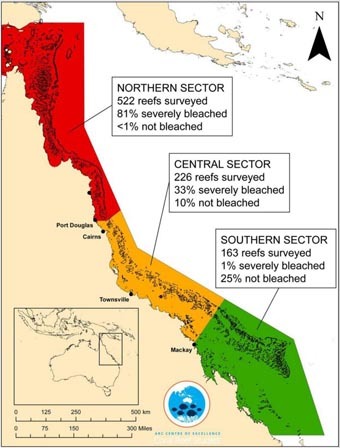


The 4 Attachment Styles in Love

Do you ever think about why you’re more inclined to attract or be attracted to certain types of people? Or why the people you’ve dated in the past weren’t as compatible with you as you thought? Love involves constant choice, commitment, and work—which all demand an intuitive understanding both of your partner and of yourself. One useful piece of information is learning about you and your partner’s attachment styles.
The intent of learning about attachment styles isn’t to box love up neatly into categories (that’s absurd), nor does it mean you’re stuck with one attachment style forever. In fact, it’s important to note that as time goes on, your attachment style can change from the way you evolve as a lover. If things have been fragile between you and your partner, realize that this is your chance to grow. You can start from self-examination and learn how to be a better person. Psych2Goshares with you the 4 attachment styles in love:
1. Secure
When you have a secure attachment style, you have a great advantage in love. You feel comfortable going to your partner when something is off and, in return, you allow your partner absolute freedom. People with a secure attachment style tend to…….
Continue Reading Here
Stay Focused, If You Can
What makes some people better able to resist temptation than others? Lucina Uddin and Jason Nomi, cognitive neuroscientists at the University of Miami College of Arts and Sciences collaborated with Rosa Steimke, a visiting postdoctoral researcher in the Brain Connectivity and Cognition Laboratory at UM, to explore this question.

Steimke conducted a study as part of her dissertation work at Charité University in Berlin, Germany, in which participants were asked to perform a simple task: focus on one side of a screen where a letter – either an “E” or “F” – would quickly appear then disappear, and press a button indicating which letter they saw.
But before the letter appeared on the screen, an image would pop up to the right, and—this is where it gets interesting—the images were quite sensual and erotic. Not surprisingly, participants’ eyes definitely wandered to the right for a quick peek, which was captured by eye-tracking equipment.
“Using this setup, we were able to challenge participants’ self-control in the face of temptation,” said Steimke.
Adds Uddin, “This study is about individual differences in the ability to control impulses and behavior.”
According to previous research, the brain’s “cognitive control network” is typically involved in behavior that requires self-control. Here, the researchers explored another potential candidate brain system known as the “salience network.” The salience network is a collection of regions in the brain that selects which stimuli are deserving of our attention, such as a driver responding to a pedestrian running across the street or a large billboard along the highway.
The cognitive control network is related to ‘’top-down’’ effortful control of attention while the salience network is related to ‘’bottom-up’’ automatic direction of attention.
“We were interested in comparing the roles of these two networks in self-control behavior,” said Nomi.
Uddin and her team have taken a new approach to studying brain activity and its moment-to-moment variations using a method called “dynamic functional network connectivity.” Using this method, the team was able to examine whether the cognitive control or salience network was more closely linked to participants’ tendency to glance at the sensual pictures when they knew the goal was to focus on the letter.
Surprisingly, they found no links between cognitive control network dynamics and individual differences in performance of the task. However, those individuals whose brains showed a specific pattern of salience network dynamics were better able to perform the task. Specifically, for some people their salience networks were not as well-connected with the visual networks in the brain. Individuals who showed this pattern were better able to resist tempting distractors and perform the task.
“Researchers normally study connectivity using traditional approaches, but we used the dynamic approach, which gave us new insight that traditional connectivity analysis did not reveal,” said Uddin. “When we looked at the moment-to-moment, dynamic measures of connectivity we saw the relationship with individual differences in eye-gazing behavior emerge.”
The study, “Salience network dynamics underlying successful resistance of temptation,” is published in the journal SCAN.
-
 thenerdyrehelps liked this · 4 months ago
thenerdyrehelps liked this · 4 months ago -
 012nion liked this · 1 year ago
012nion liked this · 1 year ago -
 polyvinylfilms reblogged this · 1 year ago
polyvinylfilms reblogged this · 1 year ago -
 bigpoppadean liked this · 2 years ago
bigpoppadean liked this · 2 years ago -
 marklittle liked this · 2 years ago
marklittle liked this · 2 years ago -
 iniverse reblogged this · 3 years ago
iniverse reblogged this · 3 years ago -
 lover-of-procrastination liked this · 3 years ago
lover-of-procrastination liked this · 3 years ago -
 thanatophobia-thoughts reblogged this · 3 years ago
thanatophobia-thoughts reblogged this · 3 years ago -
 fireyhotsupertalia reblogged this · 3 years ago
fireyhotsupertalia reblogged this · 3 years ago -
 keepxsolxinxsolxinvictus reblogged this · 3 years ago
keepxsolxinxsolxinvictus reblogged this · 3 years ago -
 kirbnation reblogged this · 3 years ago
kirbnation reblogged this · 3 years ago -
 kirbnation liked this · 3 years ago
kirbnation liked this · 3 years ago -
 keepxsolxinxsolxinvictus liked this · 3 years ago
keepxsolxinxsolxinvictus liked this · 3 years ago -
 that-galo2 liked this · 3 years ago
that-galo2 liked this · 3 years ago -
 harrycal liked this · 3 years ago
harrycal liked this · 3 years ago
